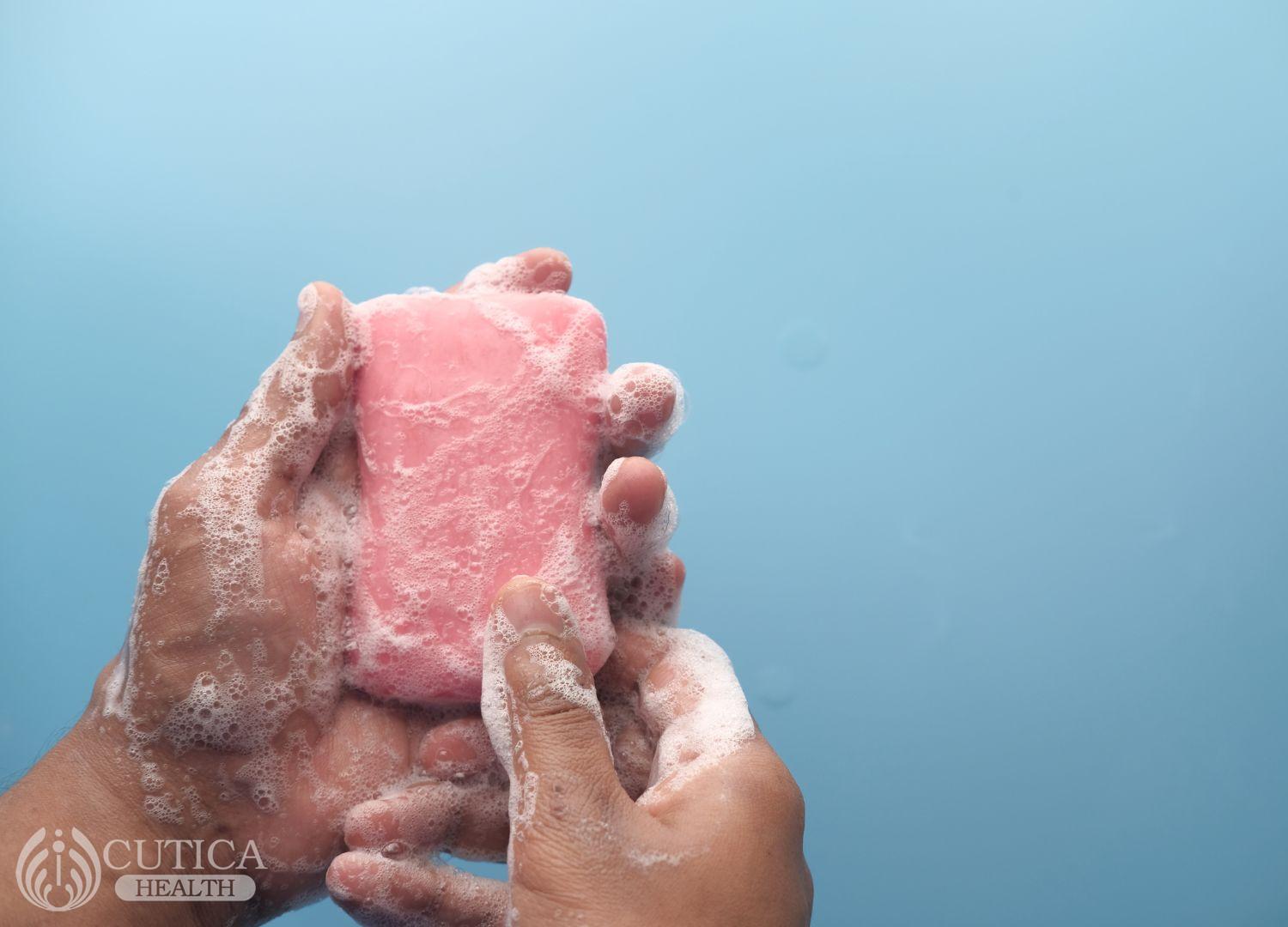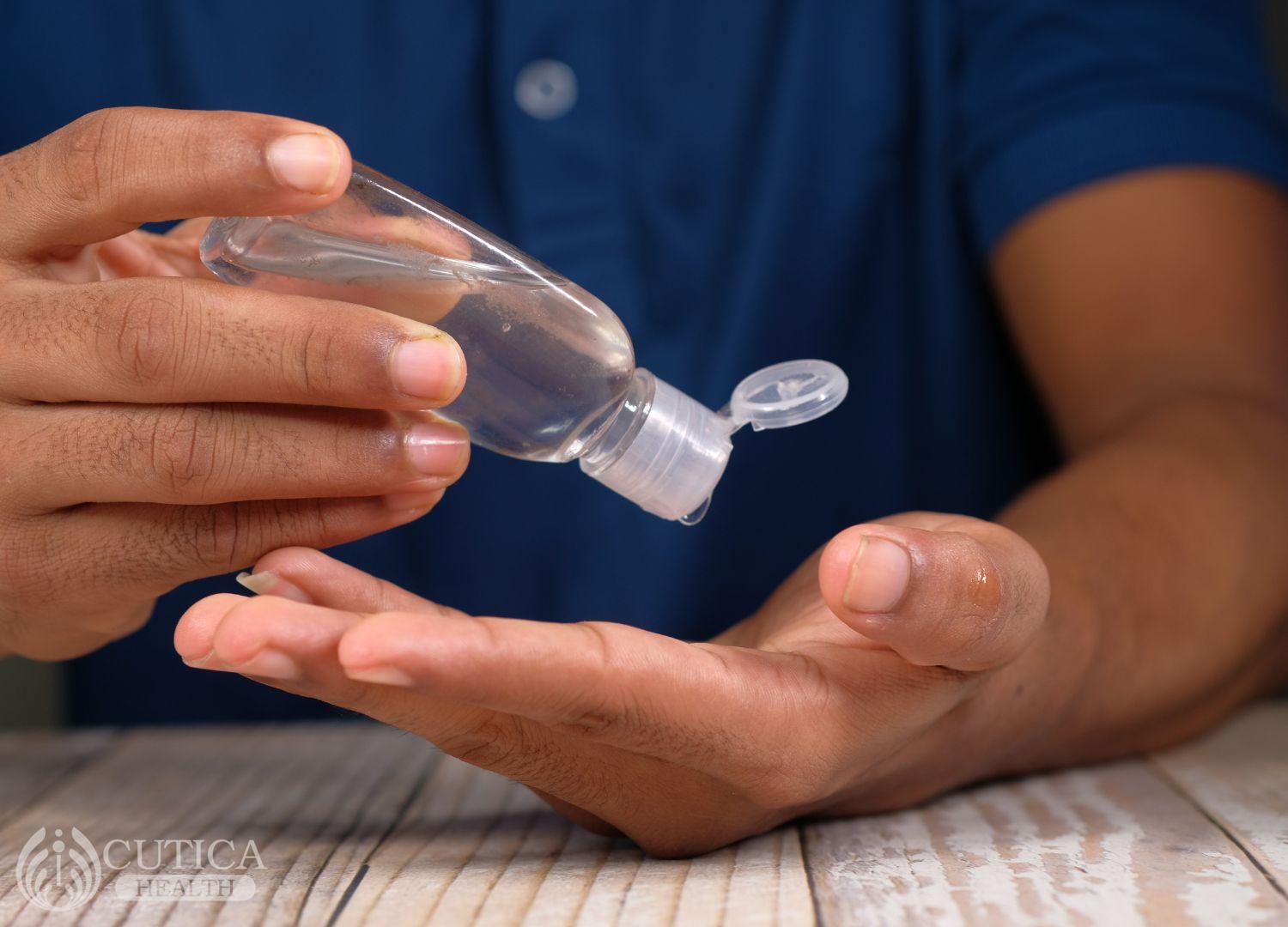Justus is fond of not washing his hands before eating. He believes his hands are clean throughout the day as far as he had his bath that morning. Other instances where he washes his hands are when they are visibly soiled or he uses the restroom. Otherwise, Justus doesn’t wash his hands. So it was no surprise when he developed a runny stomach when he traveled to his hometown for the holidays. He had to be taken to see the community health worker in his hometown where he was told he had food poisoning. His own hands poisoned him.
Introduction
Hand hygiene is a fundamental practice that plays a pivotal role in preventing the spread of illnesses and maintaining overall health. As we navigate through daily life, particularly this yuletide season, our hands constantly come into contact with various surfaces, making them potential carriers of harmful germs. In this article, we'll delve into the importance of hand hygiene and how mastering this simple practice can be a powerful tool in illness prevention.

Why Hand Hygiene Matters
- Gateway for Germs: Our hands are like a bridge that connects us to the world. Unfortunately, this means they can easily become carriers of bacteria and viruses. Touching surfaces, interacting with people, and engaging in various activities expose our hands to germs that can lead to infections and illnesses.
- Common Touchpoints: Think about the items you touch daily – doorknobs, elevator buttons, smartphones, and more. These are common touchpoints where germs linger. Proper hand hygiene is our first line of defense against these invisible threats, helping to break the chain of transmission.
The Basics of Effective Hand Hygiene
- Soap and Water: The age-old method of washing hands with soap and water remains one of the most effective ways to eliminate germs. The friction created during handwashing, combined with the cleansing properties of soap, helps to remove dirt and microbes from the skin.
- Hand Sanitizers: When soap and water are not readily available, hand sanitizers provide a convenient alternative. Look for alcohol-based sanitizers with at least 60% alcohol content for optimal effectiveness. Ensure thorough coverage, including the back of hands and between fingers.
- Proper Technique: It's not just about washing; it's about how you do it. Rub your hands together vigorously for at least 20 seconds, making sure to clean all surfaces. Don't forget the often-neglected areas like fingertips and nails. Proper handwashing technique is a simple yet powerful tool in the fight against infections.
Hand Hygiene and Illness Prevention
- Reducing Respiratory Infections: Many respiratory infections, including the flu and common cold, spread through respiratory droplets. Regular hand hygiene, especially before touching the face, significantly reduces the risk of these infections.
- Gastrointestinal Protection: Hand hygiene is crucial in preventing the spread of gastrointestinal illnesses caused by various pathogens, such as norovirus. Contaminated hands are a common route of transmission in these cases.
- Preventing Healthcare-Associated Infections: In healthcare settings, proper hand hygiene is paramount to prevent healthcare-associated infections. Healthcare professionals, as well as patients and visitors, contribute to a safer environment through meticulous hand hygiene practices.

Conclusion
Mastering the art of hand hygiene is a small but impactful step we can all take towards illness prevention. By making it a habit in our daily lives, we contribute to creating a healthier and safer environment for ourselves and those around us. So, let's lather up, rinse thoroughly, and take charge of our well-being through the simple act of keeping our hands clean. Your health is in your hands – quite literally!


